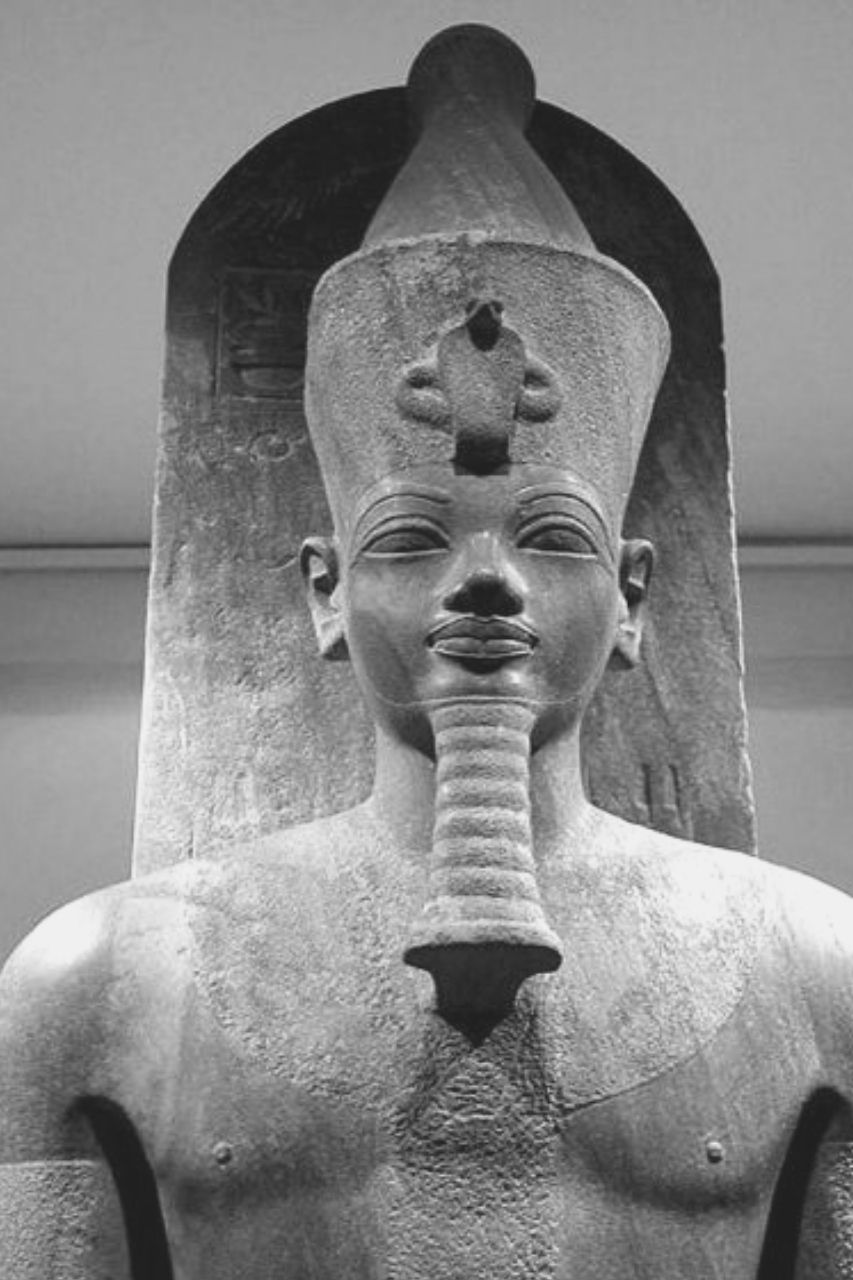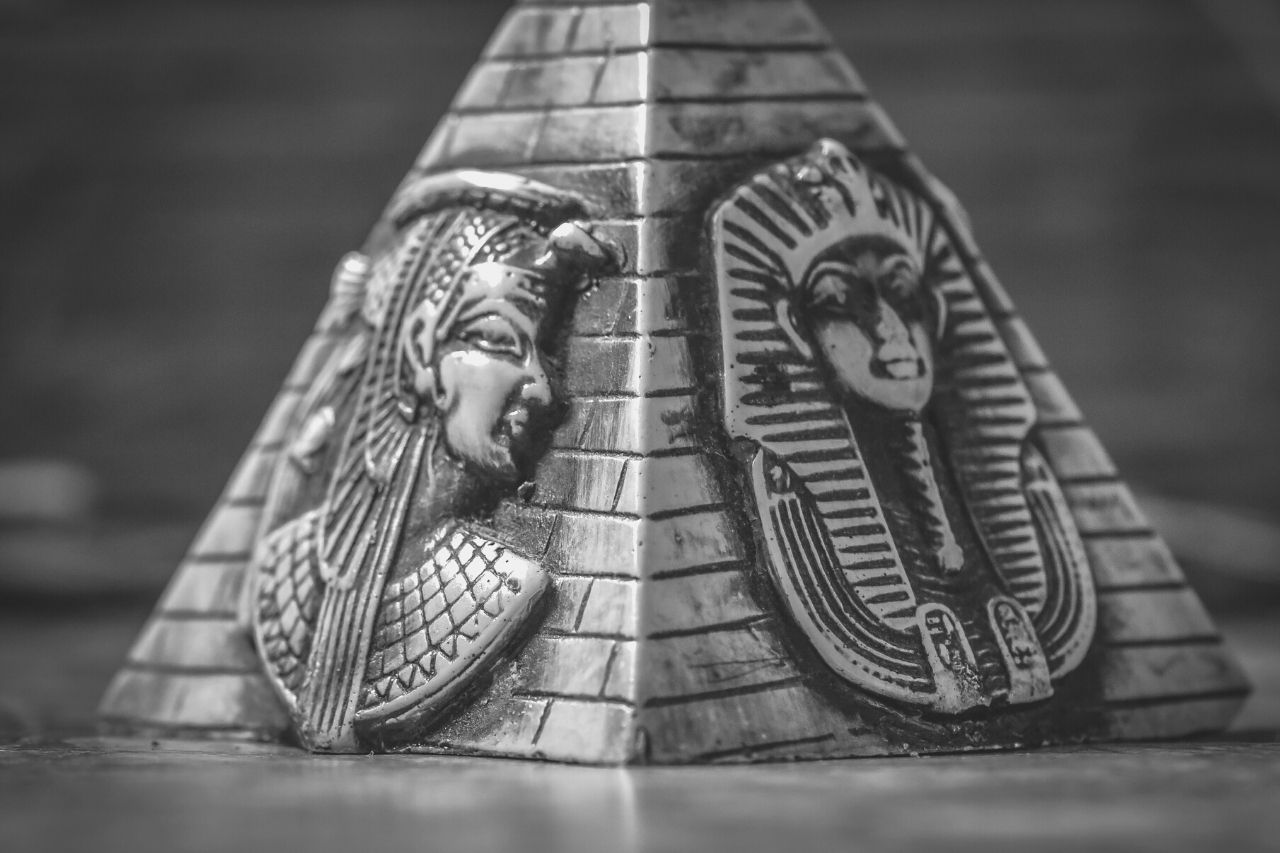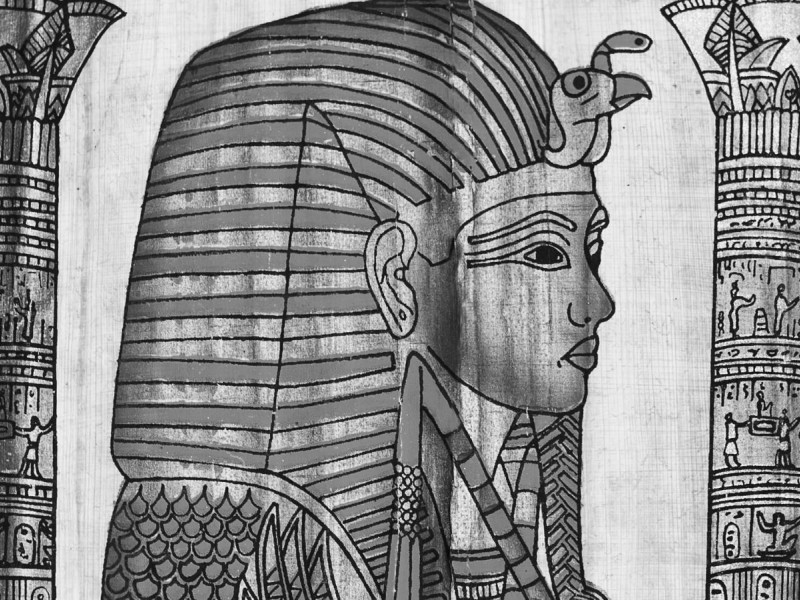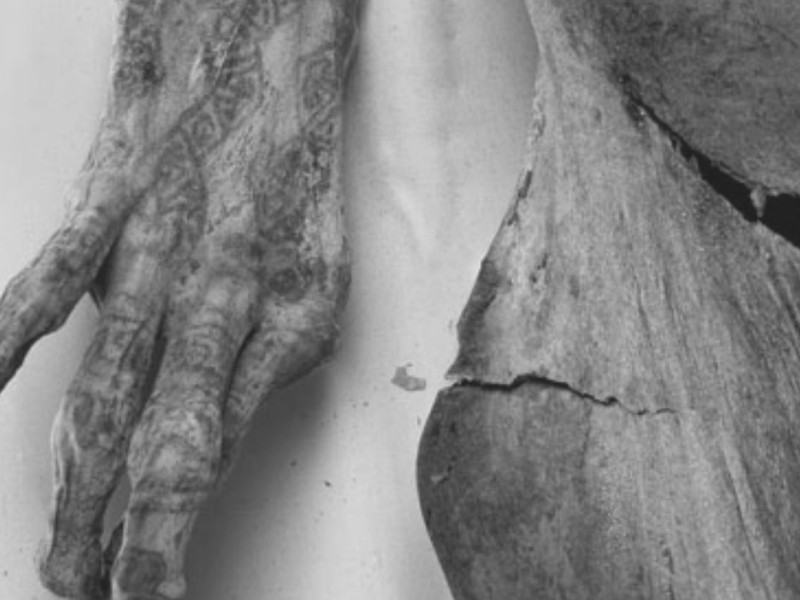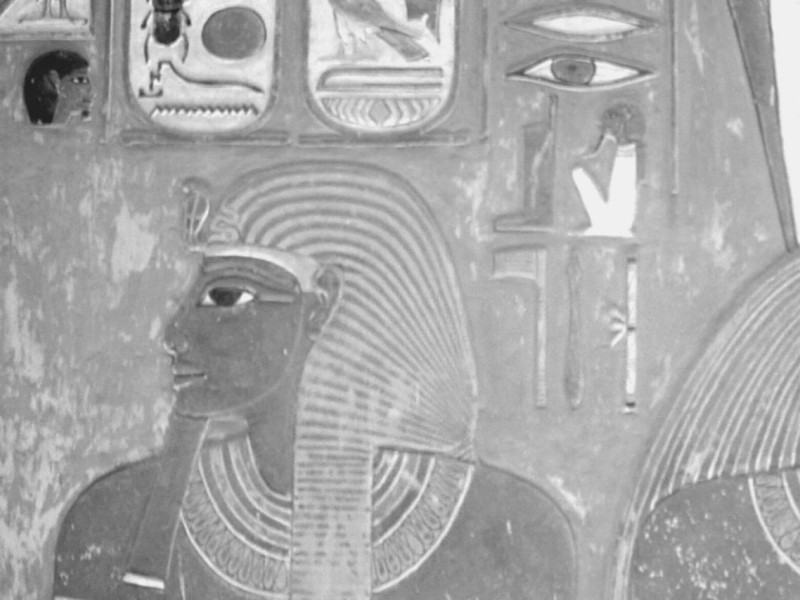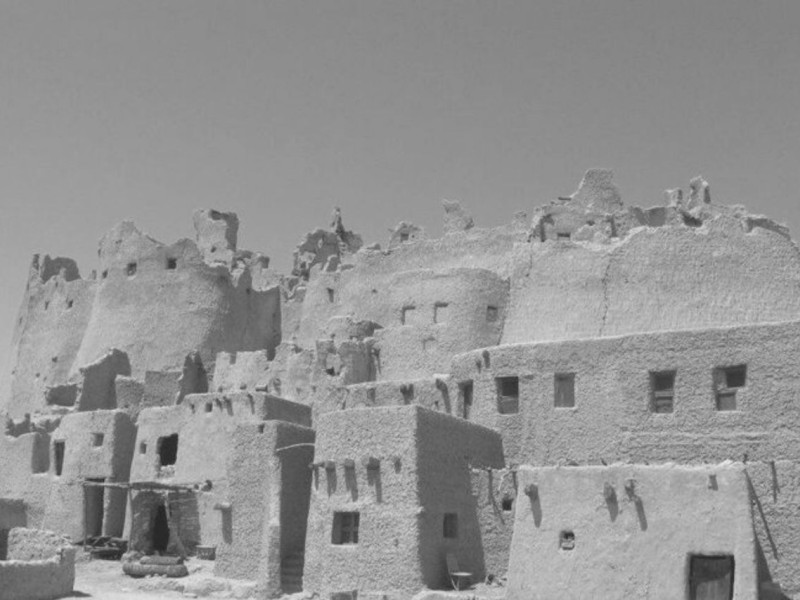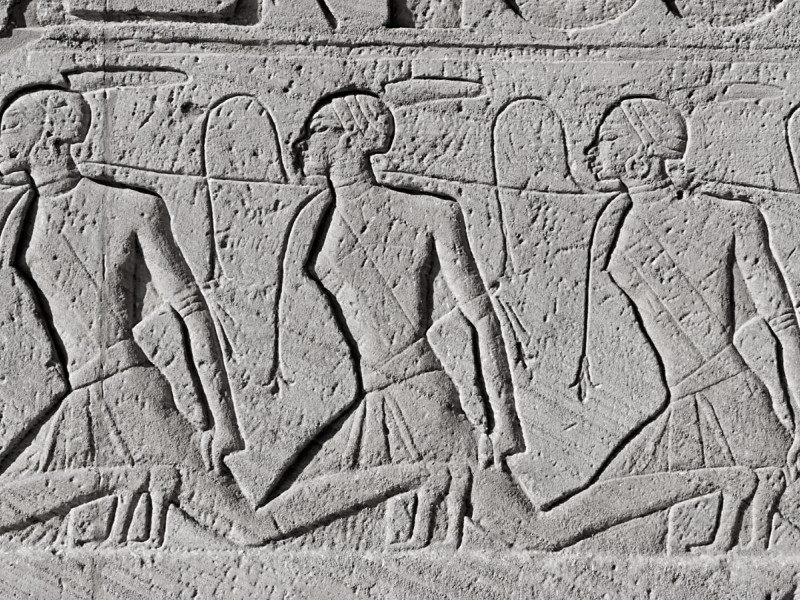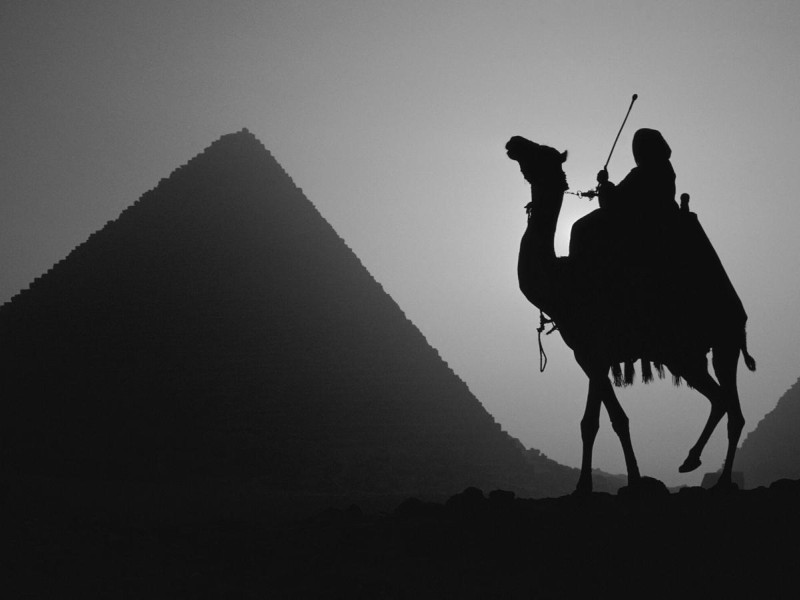Ancient Egyptian Hairstyles That Continue To Impress Us Today
Ancient Egyptian hairstyles reveal many secrets about the inner workings of Egyptian society. As is the case today, there was much more than being stylish about the way you wore your hair in ancient Egypt.
Depictions of hair found in tombs across Egypt reflect social status, rank, and wealth, as well as reveal intimate details about the lives of long-dead individuals. Egypt was a highly stratified society, and your hairstyle was dependent on how high you stood on the social ladder.
Ancient Egyptian Hair Style and the Lives of Ordinary Egyptians
We can tell a lot about the social status, gender, and age of ancient Egyptians just by their hairstyles. Hair in Ancient Egypt reflected one’s position in society, as well as their personal power and wealth.
Both Men and Women Wore Wigs
Nobles and wealthy peoples of both sexes wore wigs which were a sign of prestige and wealth and not worn by lower-class Egyptians. While women usually wore longer hair and kept it down, most men, regardless of their social rank, kept their hair cropped short. Men usually wore wigs above shoulder level. Wigs were either curly or braided.
The Ancient Egyptian Children's Hairstyle Was Known as ‘The Lock of Youth’
Children’s hairstyle in ancient Egypt was very uniform and the same for all children regardless of their sex. Children who have not yet come of age wore the ‘Lock of Youth,’ their heads were shaved apart from a lock of hair on the right side that was usually braided.
Short Hair Was Indicative of a State of Submission
Adult men of high social rank kept their hair short and shaved their beards. Young noblemen were depicted as wearing a short round wig or with their heads completely shaven.
The Priests Had To Adhere To Strict Rituals of Cleanliness
Due to the specific nature of their office, ancient Egyptian priests dressed differently than everyone else and had special rules that regulated their daily habits. Because they served the gods, priests had to undergo ritual purification, which meant getting rid of all body and facial hair, as well as completely shaving their heads. Egyptian priests did not wear wigs.
Hairstyles and Fashion Changed Throughout Egypt’s Long History
Little is known about the hairstyles and fashion of the Old Kingdom (c. 2700 – 2200 BCE). The first recorded ancient Egyptian hairstyles for women date back to the Middle Kingdom period (c. 2040 – 1780 BCE), during which women kept their hair short.
Later, during the New Kingdom (c. 1550 – 1077 BCE), long hair came to be associated with fertility. Women of the New Kingdom wore longer hair that they plaited or curled, according to the current fashion. Noblewomen and royal wives, and concubines wore elaborate wigs made of expensive materials. Longer hair, during the New Kingdom, meant the women who wore it enjoyed high social status. Their hair reached down below the shoulders, often to breast level.
Wealthy Egyptian Women Adorned Their Hair With Jewelry
Women of high rank dressed their hair as plaits and braided ponytails. Sometimes, the fringe was cut. The wealthiest women could afford to curl their hair which was adorned with precious jewels, ribbons, and flowers. Egyptian women did not differ from women today and saw fashion and hairstyles as a canvas for self-expression. They wanted unique hairstyles and used clasps and hairpins to achieve the desired effect.
We can also assume that long hair was more difficult to maintain. Poorer Egyptians lacked both the time and the means to do so.
Male Hairstyles Were Rather Uniform
Egyptian men of all social ranks preferred to keep their hair short. Without a doubt, the reason behind this was practical. Egypt’s harsh desert climate would have made it very difficult for men to wear long hair and beards.
This was particularly true for farmers and laborers, who formed the majority of the Egyptian population, as they spent much time outdoors. Noblemen, however, could afford to wear elaborate wigs. In general, Egyptian male hairstyles showed little variation during Egypt’s three millennia-long history.
Wig Making Was a Highly Developed Business in Ancient Egypt
Men of rank used wigs to demonstrate their power and influence for all to see. Wig making seems to have been a lucrative trade in Pharaonic Egypt. It enabled the rich and powerful to buy the hair of other people and expensive hair extensions to be the visible markings of their status in society.
Egyptian Pharaohs as Early Fashion Icons
For three thousand years, Egypt was ruled by as many as three hundred pharaohs. They were not only political leaders who appointed viziers and nomarchs, handed out justice to their subjects, and led Egypt’s armies in war, but also served as high priests as the representatives of gods on earth.
As absolute rulers of Egypt, pharaohs had to look the part. Their clothes and hairstyles were a powerful reminder of their status. Pharaonic iconography served another important purpose: it was used as propaganda to enhance the monarch’s image both at home and abroad.
Beards of the Pharaohs: Symbols of Divine Authority
During the Old and Middle Kingdom periods, Egyptian men wore beards and mustaches. The practice eventually fell out of fashion but beards continued to be associated with the gods and were seen as a symbol of divine authority.
Pharaohs throughout Egyptian history were portrayed wearing false plaited beards, which along with the uraeus – the stylized upright form of an Egyptian cobra – signified pharaonic authority. They were worn during religious ceremonies and put on facial masks on their sarcophagi.
Women who ruled as pharaohs, most notably Hatshepsut and Cleopatra were shown wearing the royal beard. In addition to being the confirmation of their legitimacy as rulers, the beards demonstrated that they were fit to rule and emphasized the divine origin of their power.
Egypt: The Land of Highly Sophisticated Culture
Throughout its history, Egypt exerted a powerful cultural influence on its neighbors. Nubians in the north, the Libyan tribes in the west, and Asiatic peoples of the Levant and Mesopotamia all looked to Egypt as a center of art and learning.
Egypt’s neighbors adopted some Egyptian costumes and imported highly-valued Egyptian beauty products, including wigs. The nobles of neighboring countries, in particular, sought to emulate Egyptian fashion styles, and so did the foreign peoples such as the Hyksos and the Nubians, who were assimilated into the native culture.
Soft Power in the Ancient Times: How Egypt Influenced Its Neighbors Through Fashion
Unlike the Assyrians, Persians, and the Babylonians, ancient Egypt did not depend solely on military power as means of spreading and maintaining its influence abroad. Egypt’s great wealth and advanced culture made it possible for the pharaohs to impress foreign rulers with great works of art and ornate objects that bear witness to the skill of Egyptian artisans and craftsmen who made them.
Egyptian wigmakers were highly sought after, and so were their artists and skilled laborers.
Popular Hairstyles in Ancient Times
With the exception of priests, baldness was looked down upon. The Egyptians considered it impolite to appear in public unkempt. Ancient Egyptian hair care was advanced. Barbers were highly respected members of society. It was not uncommon for barbers to hold prestigious religious positions. In the eyes of the Egyptians, beauty and cleanliness were divine attributes, hence it was important to look your best, regardless of your social rank.
Only a Well-Groomed People Deserved To Get Closer to the Gods
Egyptians also dyed their hair. Older Egyptians used henna to color grey hair. Human hair was tied to natural objects to produce an elaborate and luxuriant beehive hairdo popular among the noblemen and the wealthy.
Thanks to archeologists, we now know the Egyptians used combs to brush their hair. Among many other objects found in tombs, archeologists found combs that were buried with their owners. Some of the combs were discovered in tombs that date back to predynastic times and were made of fish bones.
Egyptian Women Were Pretty Ingenious When It Came to Hairstyles
There were many Egyptian hairstyles for long hair. At the worker’s cemetery at the site of the ancient city of Hierakonpolis, archeologists found the remains of a woman in her 40s or early 50s with a Mohawk haircut. From the New Kingdom on, women wore stylized lotus blossoms as head adornment.
Long hair remained fashionable for women during this period. They tied their hair with flowers and linen ribbons. Wealthier women used turquoise, malachite, and garnet as adornments.
Male Hairstyles Were Meant To Be Practical
Men sometimes wore elaborate hairstyles. One example is a hairstyle involving short curls that covered the ears and formed a bend from the temple to the nape. Fade haircut remained popular with men during the New Kingdom.
What Were Ancient Egyptian Wigs Made Of?
Pharaohs, queens, and noblemen employed wig makers as members of their court. Egyptian wigs were made of vegetable fiber and sheep wool. Animal or human hair was then stiffened using beeswax. Pharaohs wore intricate wigs with braids and curls. Wigs covered the greater part of the head and were shaped like helmets.
They were brightly colored and frequently adorned with precious gems. Wigs grew more elaborate over time. A notable example is the wig of Queen Isimkheb (c. 900 BCE) that was so massive the Queen needed the help of several attendants to stand up. Wigs were prized possessions that were well-cared for by their owners. Wigs made from human hair were more expensive than wigs made from natural materials such as vegetable fibers.
Hair Dyes, Gels, and Oils Were Used for Hair Care
A substance called henna had a variety of applications in ancient Egypt. It was extracted from the eponymous tree and used to dye hair, nails, and lips. The distinctive red hair often found on female mummies is now considered as evidence of the widespread use of Henna by the ancient Egyptians.
Egyptian Men Used Various Natural Remedies to Combat Hair Loss
Similar to people today, the Egyptians sought to preserve their youthful appearance for as long as possible. Men used various remedies to prevent hair loss. They applied fats from ibex, lions, crocodiles, and geese, to their scalp as a remedy. Hair gels also seem to have been popular, especially among the elite. Samples taken from mummies prove the Egyptians used fat-based gel to keep their hair stylish.
Nubian Wigs Became Popular in Egypt During the Reign of Akhenaten
During the Amarna period (1346 – 1336 BCE) notable changes were introduced in Egyptian art, as a result of Pharaoh Akhenaten’s far-reaching religions and political reforms. The Nubian wigs became popular with the Egyptians of the time and can be seen on reliefs, statues, and paintings from the Amarna period.
Nubian wigs sought to emulate the short curly hair worn by the Nubians, an ancient people who lived in what is now Sudan. Akhenaten’s Great Royal Wife, the famous Queen Nefertiti is depicted wearing the Nubian wig on relief fragments.
Conclusion
Ancient Egyptian hairstyle embodied the identity of its wearer and indicated social status, age, and wealth. Both men and women in ancient Egypt wore wigs, which were often elaborate and expensive. In this article, we have seen how important hair was in ancient Egyptian society.
We list some of the key facts about ancient Egyptian hairstyles:
Hairstyles in ancient Egypt depended on one’s social status, age, and wealth
Wigs were very popular among ancient Egyptians and were worn by both sexes
Men usually kept their hair short-trimmed, wealthier men and noblemen wore wigs
Women during the New Kingdom period wore their hair long and adorned it with jewels and flowers
The Egyptians used natural materials to produce hair care products
We have gained a fascinating new insight into the world of ancient Egypt. The hairstyles of Pharaonic Egypt can tell us a lot about the lives and habits of the people who lived in the Nile Valley thousands of years ago.


